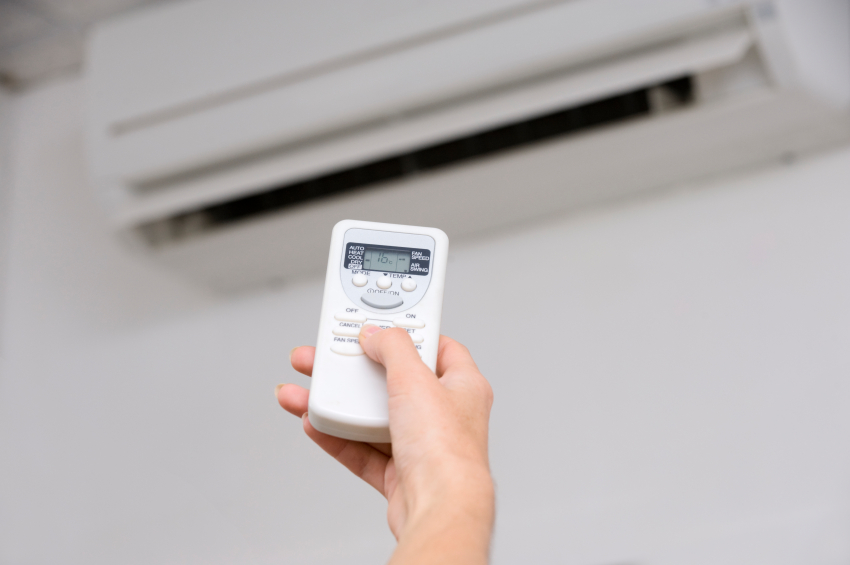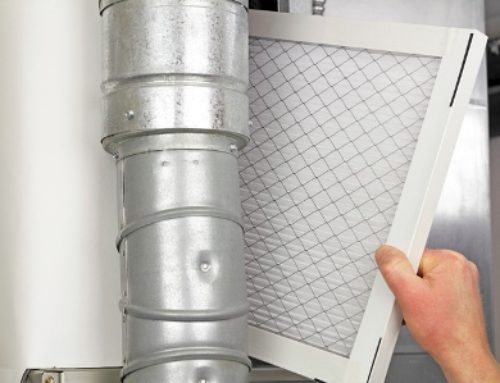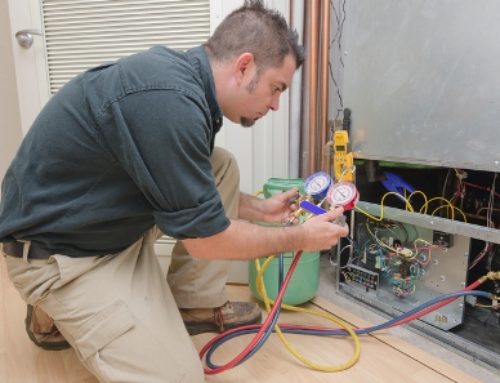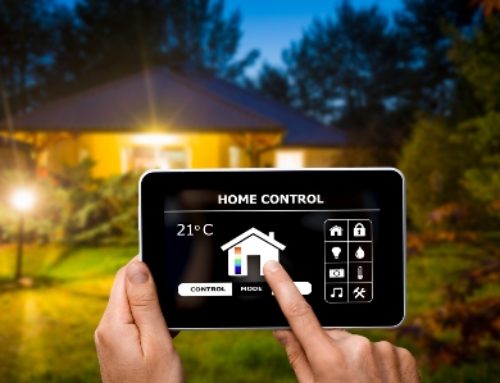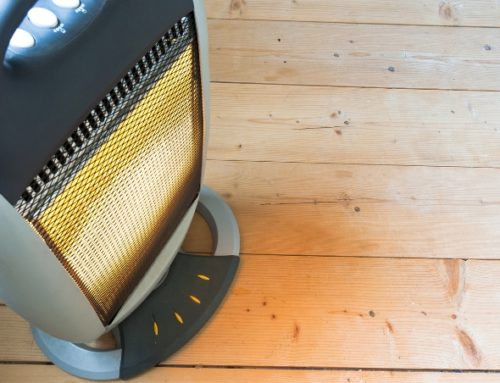Central heating and air conditioning for homes was introduced in 1931 but it got off to a slow start. It was only in the mid 1960’s that central air conditioning became a more common practice in new home building due to the lower costs. Still, not all builders offered central air conditioning until the early 1970’s. If you own a home that was built prior the 1960’s or if you desire to purchase a historic home, you may find yourself in need of a better air conditioning system other than the old time window units, even though they are always an option.
You may consider a retrofit to modify your home by adding a central air conditioning system. This could be quite costly due to the need to add the necessary ductwork, which is cumbersome since the older homes were not built with the necessary space to install the ductwork. Older homes are typically smaller, with smaller spaces, you could even lose more of the coveted space in an effort to locate a place for the ductwork such as closets and in the older homes, closet space is usually at a premium. The good news, with the advancement of technology, there are more options available for homeowners that appreciate the value of an older home but want to enjoy modern conveniences such as central air conditioning.
As mentioned earlier, window units are an option, but they tend to be inefficient. They are unsightly and block the natural light coming in through the windows. They are often noisy and tend to only cool the room they are installed in, while leaving the rest of the house warm. If you use multiple window units, you are going to spend a fortune on electricity.
There are two other systems that are available that are more efficient, allow for more flexibility and are more economical in the long run. There is a “ductless split air conditioner” and a “high velocity” system. The ductless split A/C combines two units, one smaller unit that is inside and traditionally installed high on a wall for better air ventilation throughout the house and a larger unit that has the refrigerant and compressor unit that is outside on a concrete slab. When this system is turned on, the outdoor unit produces cool air, which is then pumped inside through the refrigerant lines to unit that is installed inside. The indoor unit has a fan that distributes the cool air through the house while pumping the hot air and moisture back through the system back outside. This system has multiple advantages due the efficiency and flexibility of being able to add more indoor units that still run off of the single outdoor unit. These are controlled by a remote control system that can be programmed for maximum efficiency in each room. The high velocity system uses much smaller 4” ductwork that can be easily installed behind walls, in closets and can actually fit in ceiling joists or other tight spaces. This allows for more consistent air control throughout the entire home. You may find that a combination of both works best for your home.
If you need help from the experts when deciding which unit(s) will work best for your home, please contact us at Climate Tech, we will help you make the best selections for your home.



